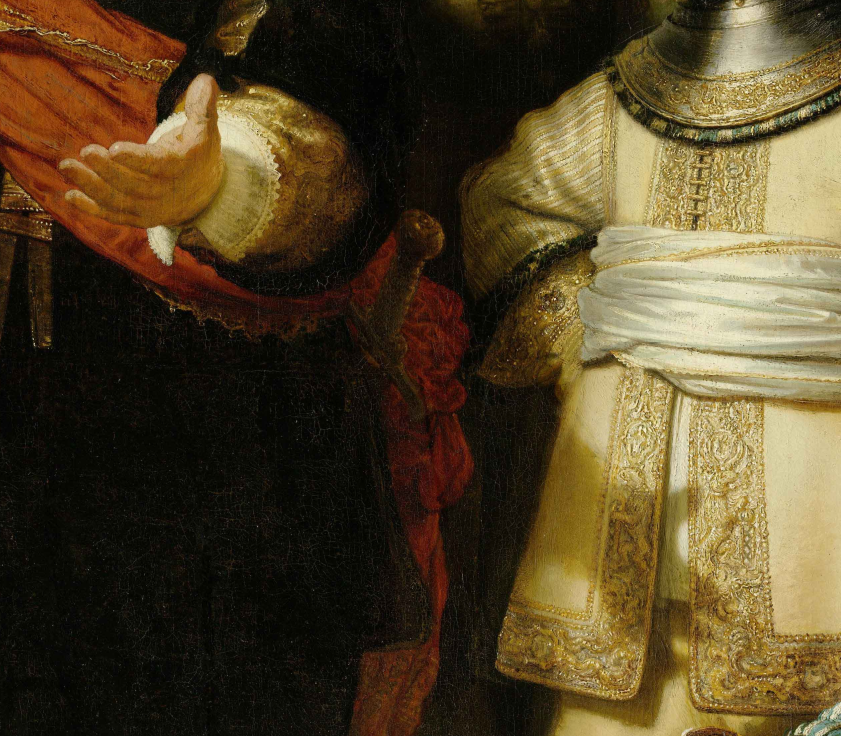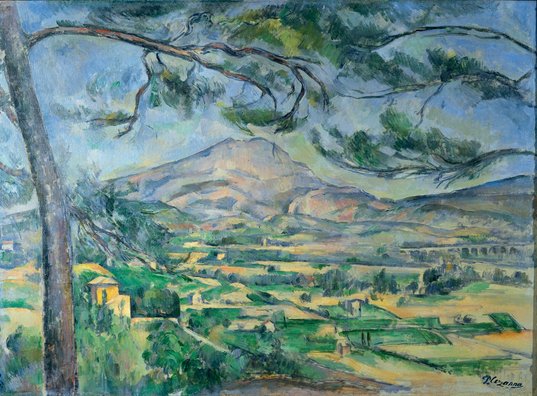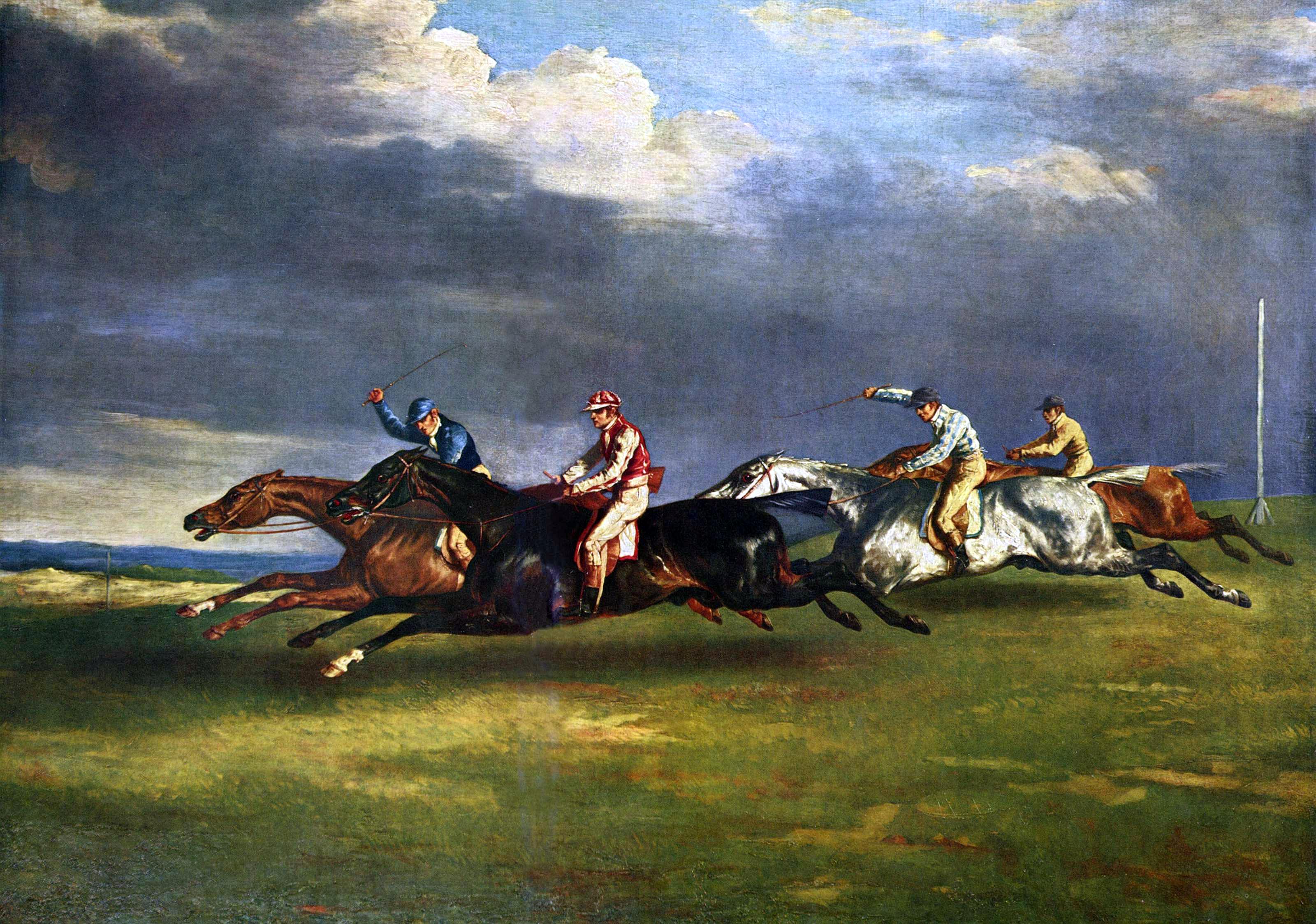The Eye and the Mind / Merleau-Ponty
(Pages are of Hebrew version)
- Page 30 - Science operates in a world of ideas, concepts, models. Paradigms that are subject to change according to the latest trend. In order to succeed, science needs to recognize the arbitrary nature of its ideas, that are created as a result of our physical interaction with the world, unlike idealism which sees the ideas as the actual substrate of the world. We should be careful of giving a-priori status to these models, as if we are able to look at the world from the outside. Cybernetics is criticized as a science that explains human action according to models that were themselves a result of human action.
“the target of Merleau-Ponty’s criticism is not so much science in practice but a certain way of thinking about science,
which he associates with a particular strand of Cartesian thought and refers to as “technicized” and “operational” thought (1993, 137). This is a
thinking that relates to phenomena in an external way, or, in a phrase reminiscent of Donna Haraway’s explication of the “god trick” (Haraway, 1988,
581), a thinking that “looks on from above” (Merleau-Ponty, 1993, 122).”
- Merleau-Ponty suggests that scientific thought should go back to the embodied experience as the basis for all. It is only through our experience of Being that we open to the world through our body. Our existence is also interconnected with that of others, It is through the union with other bodies that learn about ourselves, our place in the world, and how our body is placed in the world.
- This experience is purely present in painting. The painter is neither expected of metaphysical solutions nor restricted by existing models and social conventions. It portrays the embodied experience as it is.
- Page 37 - The painter's vision is an embodied experience, a physical action, because the seer is also visible, it's within the flesh of the world. This is followed by a good summary of Merleau-Ponty's metaphysics. Vision is not a flat projection on an immanent screen. The experience of vision is always an action upon the external world through the body. Movement is merely a continuation of vision, in the eco-system of body←→world. The self is not discovered through reflection, but through a recognition that Being and our body are part of the same flesh, that we are part of the world that we experience.
“A human body is present when, between the see-er and the visible, between touching and touched, between one eye and the other, between hand and hand a kind of crossover occurs, when the spark of the sensing/sensible is lit, when the fire starts to burn that will not cease until some accident befalls the body, undoing what no accident would have sufficed to do.”
- In the painting we take our inner, invisible impression and bring it back into the external, visible. In a way, a painting by another, or perhaps any art, is a sort of proof that the other is also seer, part of the same flesh, and operates by similar principles. The painting is trace of the inner world of the body, that is moved by the body's interaction with things.
- A painting answers a certain lack that we see in the world and want to fill. Seeing paintings of others reflects their lacks as well (Does Merleau-Ponty recognize the fact that the external of a painting reflects the internal world, only to those who share that internal world?)
- Painting exemplifies the elements such as shadow and light that make us see things, Things that we normally don't notice in a whole experience. We have to forget them in order to see the things themselves.

- The things are looking at us, triggering our experience without our volition. Inspiration is literally perspiration, we breath the things into Being and exhale our movement and painting. Painting is a “continue birth” of transforming the invisible into visible.
- The mirror is like an enchanted object that transcribes and transforms our perception in the outside world. We often feel as if we are actually perceiving through our body that is reflected on the mirror, a sort of phantom. But in the same way we can view the others as an extension of our perception. We are all connected under the same flesh in a field of perception.
“Schilder observes that, smoking a pipe before a mirror, I feel the sleek, burning surface of the wood not only where my fingers are but also in those ghostlike fingers, those merely visible fingers inside the mirror. The mirror's ghost lies outside my body, and by the same token my own body's “invisibility” can invest the other bodies I see. Hence my body can assume segments derived from the body of another, just as my substance passes into them; man is mirror for man.”
- In a way the paint immortalizes the object, perhaps more than a photo, because it captures the fleshy interaction between the object and our mind/body. Mont Sainte-Victoire exists and reincarnates in Cézanne's painting.

- Page 47 - A Cartesian analysis of vision defines it as a mechanical causality that operates under seemingly objective models. When a Caretesian man looks in the mirror he sees a dummy, not flesh. Thus he believes that everyone else sees him as a dummy as well
- For the Cartesian thought, painting, much like vision, isn't truly touching the worldly nature of things, but instead the reflected light gives birth to perception in our mind, which we can understand using thought. Descartes is more interested in engravings and sketches, that represent the mathematical form of how the actual things spread in geometrical shapes. He does not account to a more vibrant openness to things, that can take form of just blurred colors. A sketch is nothing but a trickery that can show us the three dimensional space of objects on a two dimensional paper.
- But then where does this third dimension actually rely? If we analyze experience we find that it lies in thought alone, that is as well our construct.
“we were enabled eventually to find the limits of construction, to understand that space does not have three dimensions or more or fewer, as an animal has either four or two feet, and to understand that the three dimensions are taken by different systems of measurement from a single dimensionality, a polymorphous Being, which justifies all without being fully expressed by any. Descartes was right in setting space free. His mistake was to erect it into a positive being, outside all points of view, beyond all latency and all depth, having no true thickness [épaisseur]”
- Even the painters of the renaissance knew that the logical perspectives of that time could not accurately describe their experiences.
“The truth is that no means of expression, once mastered, resolves the problems of painting or transforms it into a technique. For no symbolic form ever functions as a stimulus.”
- I will add to that - vision is an action, a fleshy interaction, it's non linear, it's even multi sensory. No VR experience can mimic the flesh of the world.
- Descartes' thought of perception relies on our ability to measure space through experience, in relation to our objective body. But how do we conceive this space in the first place? Merleau-Ponty claims that there is a primal intuition that comes from the fact that our thought acts through the body and not in relation to it, that allows us to found knowledge of spatial dimensions. However, as opposed to Princes Elizabeth's pursue, the nature of this intuition is so primal that it cannot be conceived as a true thought. But that doesn't mean we cannot discuss it and speak of it, as Descartes refused to do so.
- Descartes' duality opened up a chasm that sprouted two types of thoughts: Science - that skips the mind problem (or regards it as psychology) and goes straight into the abstract objective models, and an idealistic philosophy that is deep in the passive experience of Being.
- Thus, we need an embodied philosophy of perception, one that accounts to the corporeal nature of vision and experience.
- “Our organs are no longer instruments; on the contrary, our instruments are detachable organs.” This relates to re-embodiment.
“Space is no longer what it was in the Dioptric, a network of relations between objects such as would be seen by a witness to my vision or by a geometer looking over it and reconstructing it from outside. It is, rather, a space reckoned starting from me as the zero point or degree zero of spatiality. I do not see it according to its exterior envelope; I live in it from the inside; I am immersed in it. After all, the world is all around me, not in front of me.”
- In such a philosophy painting has grave importance. It is a visible manifestation of Being
- Page 67: Instead of linear forms and outlines, Merleau-Ponty finds in paintings 'depth', but not a geometrical depth. It is depth that is intertwined with color, with movement, with the physics of the universe. It can be non-linear, self-organized. It's depth on a painting that has texture, materiality. Color is used to portray these cosmic qualities of experience in Cézanne's portrait of Vallier.

- This movement in painting, according to Merleau-Ponty, is more 'real' than a photograph or even a film, which is just a series of frozen photographs separated in time. Painting contains some extra fleshy qualities that come straight from experience. Such is the painting “Epsom Derby” by Géricault.
“Rodin said very wisely, 'It is the artist who is truthful, while the photograph is mendacious; for, in reality time never stops cold.' The photograph keeps open the instants which the onrush of time closes up forthwith; it destroys the overtaking, the overlapping, the “metamorphosis” [Rodin] of time. But this is what painting, in contrast, makes visible, because the horses have in them that “leaving here, going there,”because they have a foot in each instant. Painting searches not for the outside of movement but for its secret ciphers, of which there are some still more subtle than those of which Rodin spoke. All flesh, and even that of the world, radiates beyond itself. But whether or not one is, depending on the times and the 'school', attached more to manifest movement or to the monumental, the art of painting is never altogether outside time, because it is always within the carnal”

- Vision is a “silent science”. We are touching and interacting with anything to which we point our gaze. The painting projects both the “visible” side of things, the strict sense of how they look, but there is also the “invisible” sense, the intrinsic properties of matter, the way it moves, the way we experience it when we move our body, the way it is a part of a united Being. This part also penetrates the painter and becomes apparent in the final painting, completing a circle of interaction with the world.
- The painters interrogative process never ends. There is no 'universal' painting, or a painting that has successfully and indefinitely captured an element of Being, or of the outside world in-itself for that matter. Since the painting is our constant exchange with the world, Being is always changing, and with that, everything that we construct our truth upon changes as well. But that doesn't mean it has no value, it always circles around uncovering the invisible.
“If creations are not a possession, it is not only that, like all things, they pass away; it is also that they have almost all their life still before them”

